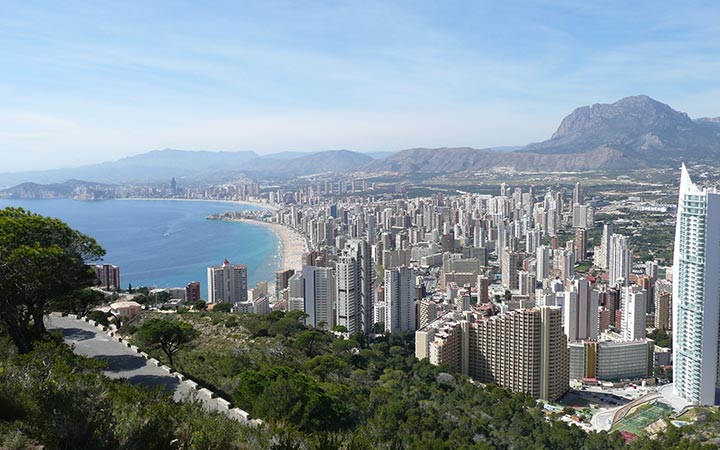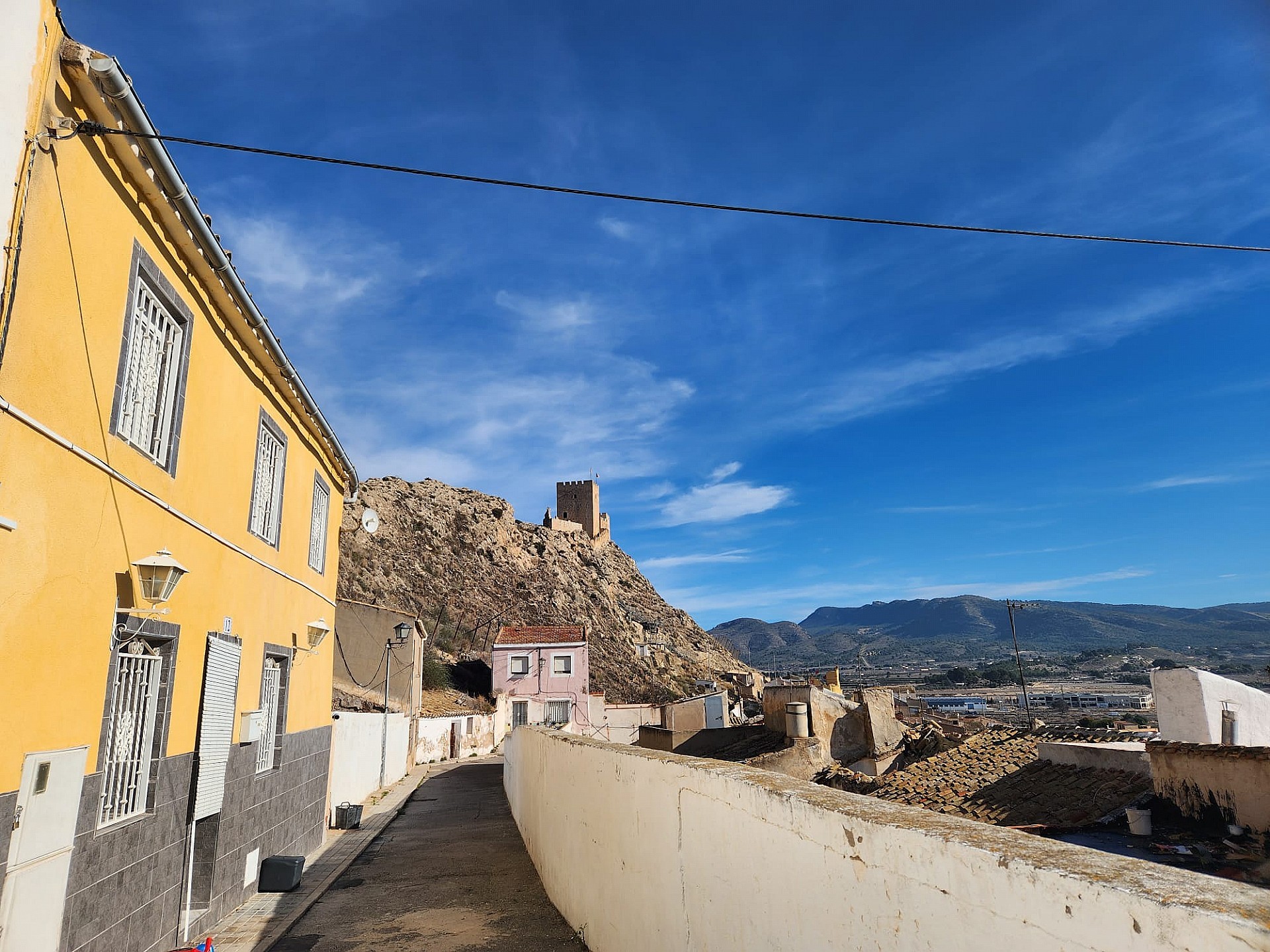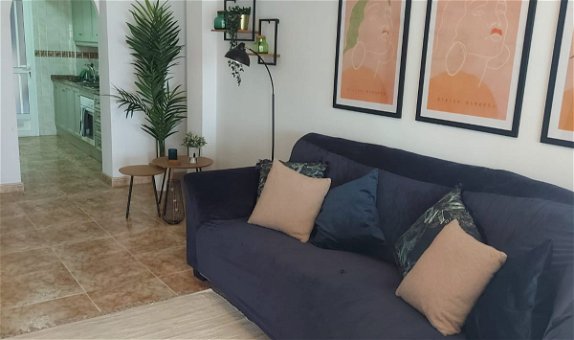Posted: Mon Jul 20, 2020 10:16am
Sorry, you are wrong! I know exactly what I am talking about and have arrested damp ingress here in Spain many many many times, if its condensation, an air brick or two in the correct places will alleviate condensation. If its rising damp, that is coming up through the walls, per no damp course, this is a harder fix! You can do one of two things, you can either excavate round the walls of the house, cut into the wall below ground level and feed a membrane in, then tank it out. Due to the fact that houses in general here do not have a cavity, you can not inject the walls as doing so to a none cavity wall has a very short term effect if any. The other way, is with wall board, but there is a professional and correct way of doing this. Personally I have done both of the above more than a few times for friends and each way have arrested/ stopped damp ingress. In the UK, I was a plasterer for many many many years, obtaining both a citing guilds and master craftsman certificates. Indeed as I say, my home was infested with damp when we first moved here some nigh on 20 years ago, but come into my home and you won't see any damp what so ever.


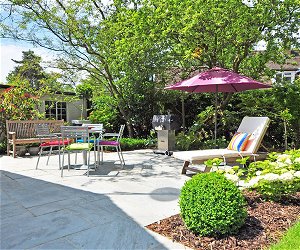





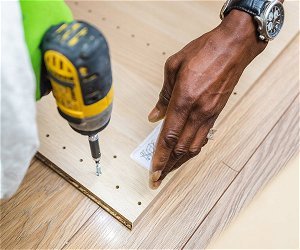






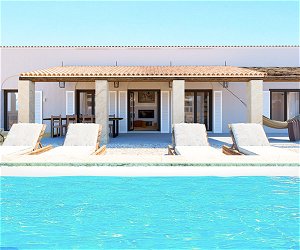





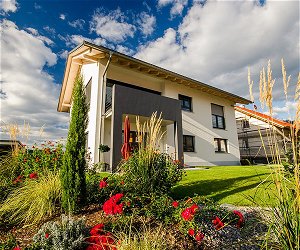

 My name's Alex and this is my website all about Sax in Spain. Register now for free to talk about General property discussion in Sax and much more!
My name's Alex and this is my website all about Sax in Spain. Register now for free to talk about General property discussion in Sax and much more!





